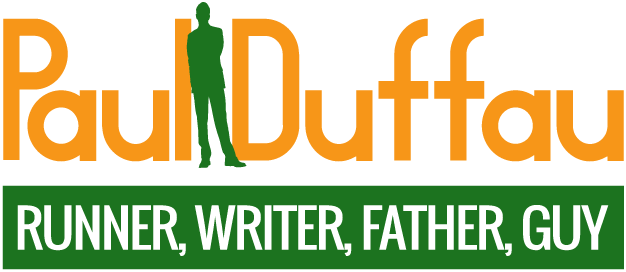PRE Classic - Final Thoughts
Let’s start with the most unlikely to be reported result from the meet. Alexa Efrainson ran a 4:03.39. That put her in rather interesting company as she broke Mary Cain’s 1500m record for high school girls. Given the mysteries swirling around Cain, this adds to the question everyone here seems to be asking – Is Cain going to come back to form? My guess would be yes, once she gets her head squared away. In the meantime, the protégé following in Cain’s footsteps has overtaken the leader.
Hats off to Genzebe Dibaba. She lived up to the Pre Classic, blowing past the pacers to take the lead early. Then she blew up the field on her way to the fastest women’s 5K ever run on US soil. She did it the same way Pre did, running to the front, and paying with her heart. In the last 200 meters, it looked as though she might miss the 14:20 mark, but she buckled down and sprinted in. That’s the Pre attitude on the track. Off the track, she’s not nearly so flamboyant.
Someone who was, post-event was Chinese jumper Guowei Zhang who set a personal best with a jump of 7’09.25”. He hit the jump, bounced off the mat, and sprinted on the track with his arms flailing in his excitement. Putting it in metric terms, hit jumped 2.38 meters. The Chinese record is 2.39 meters. Given his reaction to the PB, I would love to see what happens when he gets that last .01 meters.
Justin Gatlin and Tyson Gay won the 200m and 100m respectively. I didn’t cheer. Can’t, not for men that cheated. Sue me.
I need to apologize to Bernard Lagat and Silas Kiplagat. I got autographs from both. Both finished fourth, Lagat in the 5,000m and Kiplagat in the 1600m. Might just be a coincidence. Might not, can’t take the chance. No more autographs before the meet.
Renaud Lavillenie is a showman, in addition to being the world indoor recordholder in pole vault. Today, he nearly added the outdoor record to his list. Unfortunately, he only broke the records for the Hayward and vaults on US soil. Not a bad days work. He thanked the crowd afterward, so add gentleman to the list with showman and freak athlete.
Ben Blankenship doesn’t look much like a miler – until he wins the dang thing. With the long hair and beard, he’s a perfect fit for Eugene. He and Jonathan Kiplimo Sawe traded the lead back and forth the entire last lap, though Blankenship started making a move on the second lap to put himself in position to win. Small decisions, to push a bit early, that pay off with a .04 second win. Great race.
Tonight it’s meeting more people (and handing out some books) while everyone starts to chill over steak and salmon, wine and beer. A convivial time for all, I hope.















